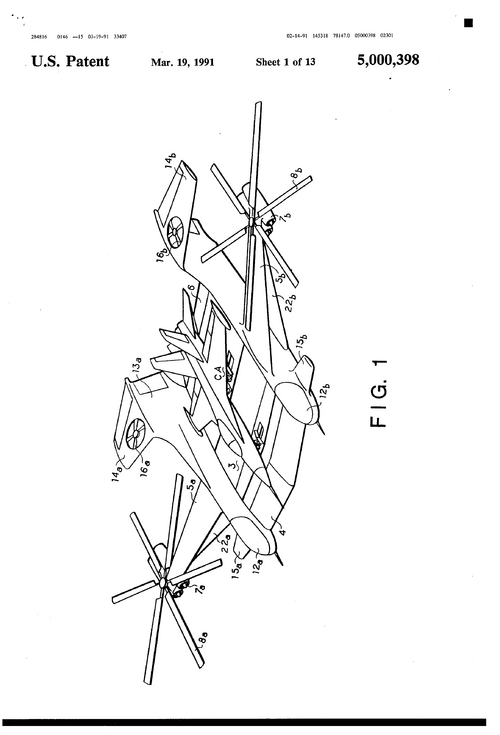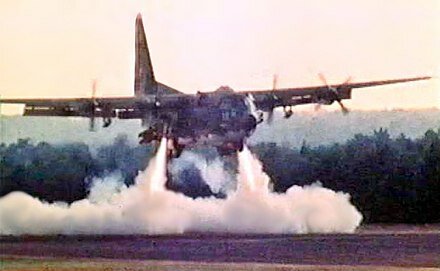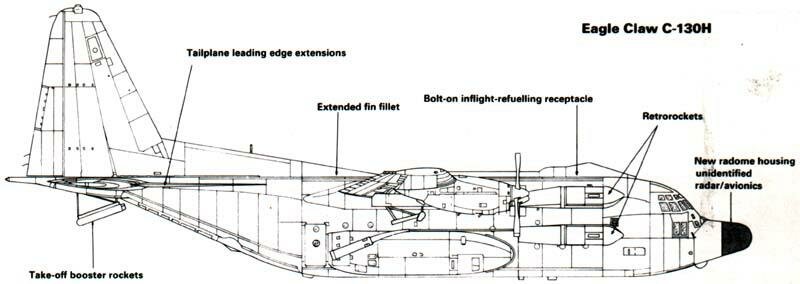- Joined
- 11 March 2012
- Messages
- 3,115
- Reaction score
- 2,942
What if some one developed a strap-on VTOL kit for airplanes.
This question was s motivated by the recurring rumours of VTOL replacements for all the C-130 military transports currently in service.
VTOL is so heavy and expensive that it detracts from range. You do not a thrust-to-weight ratio greater than 1 to 1 for long range cruise.
So what if we speculate about a strap-on VTOL kit for existing ca go airplanes.
Can it be as simple as solid-fuel JATO bottles?
How do we control roll, pitch and yaw in the hover?
Can we drop all the excess weight a minute or two after take-off?
How many minutes does it need to “burn?”
This question was s motivated by the recurring rumours of VTOL replacements for all the C-130 military transports currently in service.
VTOL is so heavy and expensive that it detracts from range. You do not a thrust-to-weight ratio greater than 1 to 1 for long range cruise.
So what if we speculate about a strap-on VTOL kit for existing ca go airplanes.
Can it be as simple as solid-fuel JATO bottles?
How do we control roll, pitch and yaw in the hover?
Can we drop all the excess weight a minute or two after take-off?
How many minutes does it need to “burn?”





